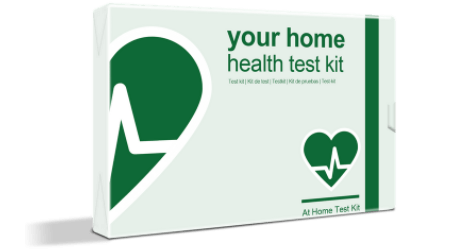Symptoms of Lactose Intolerance
See more about the symptoms of Lactose Intolerance here. Find out if you could be suffering from Lactose Intolerance.
Lactose intolerance is a disease caused by the inability to digest lactose, a sugar found in milk. Read on to find out more about the symptoms of lactose intolerance.
The lactose intolerance occurs when the body does not produce enough of the enzyme lactase. Lactase is responsible for breaking down lactose into two smaller sugars identified as glucose and galactose.
When we have little lactase in our body, we do not properly break down the lactose in the small intestine. When passed to the large intestine without decomposing, the bacteria ferment it and transform it into gases and acids, causing the uncomfortable symptoms.
Considering that we are mammals programmed to feed on milk in our childhood, it makes sense that a large part of the adult population suffers from lactose intolerance. Approximately, after four years, the production of the lactase enzyme begins to decline, eventually disappearing when you are an adult.
When adults consume lactose, a series of relatively mild but very unpleasant digestive problems are triggered, which make it very difficult to consume milk and its derivatives.
People suffering from lactose intolerance can present one or several symptoms simultaneously. These discomforts are triggered after the ingestion of milk, its derivatives or products containing lactose. These are:
- Abdominal swelling.
- Abdominal pain.
- Abdominal distension.
- Abdominal sounds (borgorigmos).
- Gases.
- Diarrhoea.
- Stools with foul odor.
- Weight loss.
The symptoms of lactose intolerance are very similar to those produced by other digestive diseases such as Crohn’s disease, Celiac disease or milk protein intolerance, which is why it is very important to diagnose it adequately by means of suitable intolerance testing such as hydrogen-expired test, also called breath test with hydrogen.
In this test, the person gives a sample of their breath by blowing into a tube and returns to give another sample after drinking a lactose solution or ingesting a food containing lactose. If the test is positive, it will indicate a high concentration of hydrogen and methane, gases that are produced in high quantities when the lactose is not digested correctly.
If you would like to know more about lactose intolerance then please take a look around www.allergytestaustralia.com and view our range of tests.
View our blood and bioresonance tests
We use Bioresonance equipment to perform our hair tests. Discover more about Bioresonance
testing including the process and research papers on our dedicate Bioresonance page.
Discover more about our Blood Tests. Our range of tests use a small blood spot kit which
is posted direct to your door. Find out more now.

